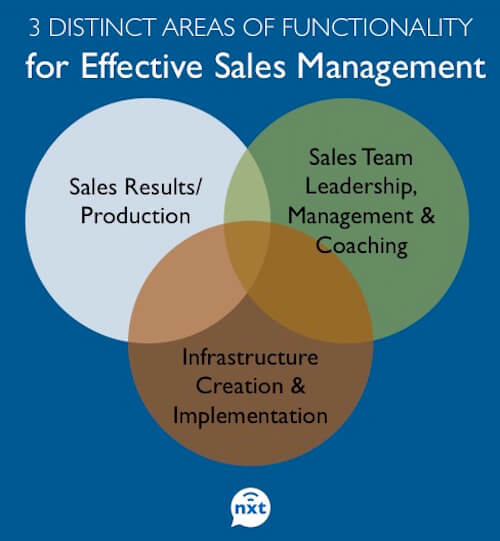How To Thrive

Written by Matt Berringer
May 10, 2016
There’s plenty of talk in our society about health and wellness. As the years float by I’m becoming keenly aware of the nuances as my bones creak more than ever and my newly hired nutritionist exhorts me to eat “good fat.” Personally I’ve never met a fat I didn’t like or think was good, so now I’m in a pickle.
The WHO (World Health Organization) defines health as “the absence of disease or infirmity.” I’m on the edge there for certain. The WHO defines wellness as “an active process of becoming aware of and making choices toward a healthy and fulfilling life.”
Upon further examination, however, it’s clear that a much higher quality of life and results could be obtained if I actually altered my lifestyle and implemented, even a few of the principles of wellness, particularly the “becoming aware of and making choices toward a healthy and fulfilling life.”
When I think of the sales management function I’m reminded of the health and wellness nuances. Examining the general health of sales performance, activity, and results in most organizations, like my own personal health, we aren’t doing too poorly.
It’s not uncommon for the sales management process and functionality of sales within an organization to evolve over time in response to the growth and success of an entrepreneurial organization. A shingle is hung, databases are created, sales representatives attract customers, the phone rings, and over time growth is steady and there is an absence of disease or infirmity, and we pronounce ourselves healthy.
Sales expert Tom Searcy published his thoughts on March 16, 2015, about the transformation and evolution from sales to sales management in organizations stating; “Shifts in the business-to-business buying process have transformed selling as we know it. In the past, salespeople had a fair amount of control. They were given a territory, a pricing structure, a margin target, and a set of products and services they could offer, and then sent off into the wild blue yonder. They were responsible for managing their territory and producing results. Sales management provided oversight, facilitated requests back to corporate to ensure that orders were expedited, and generally stayed out of the way unless additional support was needed to help under-performers. That’s how things used to be. Now, the role of sellers—and therefore sales managers—is much different.”
“The ‘State of Sales Productivity 2015’ study by Docurated found that only one-third of a sales reps’ day is actually spent selling, while 31 percent of their time is spent searching for or creating content, and 20 percent is spent on reporting, administrative and CRM-related tasks. Nowadays, 82 percent of sales reps feel challenged by the amount of data and the time it takes to research a prospect, according to a study by IKO System.”
“If you want to thrive in this new era of sales, it is now up to you as a sales manager to view territories, customers and products as if assessing a financial portfolio that you are responsible for investing. The people involved, the marketing dollars spent and the efforts expended are all for you to decide. It is your responsibility to make your investments wisely.”
Fortunately, the time to focus on creating a state of sales management wellness, “an active process of becoming aware of and making choices toward a healthy and fulfilling life” can occur long before serious intervention is needed to restore an organization to optimal wellness. This will ensure long-term success and viability.
In my experience, effective sales management centers around 3 distinct areas of functionality:

- Sales results/production
- Sales team leadership, management, and coaching
- Sales infrastructure creation and implementation
Let’s quickly examine the components of the functional responsibility areas of sales management, and not in order of priority—the order of priority for your organization will be determined by your specific state of health.
Sales results and production includes:
- Ideal client profile identification (A, B, C)
- Prospecting methodologies and strategies
- Sales process identification and mapping
- Sales production analysis and trend identification
- Business and strategic planning engagement and alignment
- Revenue diversification strategy identification
- Client engagement and revenue under management coordination
Sales team leadership, management, and coaching includes:
- Team member profile creation
- Recruiting and hiring talent
- Talent development and coaching
- Goal setting & goal achievement
- Compensation and performance incentive administration
- Executive and leadership team participation
Sales infrastructure creation and implementation:
- Information management
- Trend analysis
- Reporting
- Sales tools and template design
- Budgeting
- Time management
- Organization
- Resource allocation
The question that springs to mind is, “Which of the 3 areas of sales management functionality is the most important?” That’s like asking, “Which organ can I live without, my heart or my lungs?”
The most effective response is to consider a sales management wellness checkup to determine if we are growing and living a healthy and fulfilling life. Are we living life on purpose with intentionality by design, or do sales and the sales management functions happen by default?
If you are reading this, it’s certainly not too late for you and your organization to become aware of and make choices toward designing a sales management process that leads to optimal well-being in your company.
Formalizing the sales management process does not need to be painful or stressful. It will undoubtedly involve a change in one form or another, but in the end, the changes will lead to a healthy and thriving sales team and company.
This article first appeared on B2B Magazine. Read it here.